The No-Touch Bathroom (Product Design)
Client: Liberty University, Professor: Brianna O'Neal
Master of Visual Communication Design
Work: A to Z, Concept, Research, Sketch, Product Design, UI & UX, Character Design, Interior Design, 3D Isometric Vector Illustration, Presentation
Year: 2021
Chosen Inspiration, Brainstorming, and Initial Thoughts
I started with a list of ideas for my isometric illustration topic.
First off, I was leaning towards architectural or assembly line illustration, since last week I was working on letters. But at the same time, I wasn’t so interested in creating city maps or buildings, so I thought I’d like to focus on interior design, maybe I was inspired by my father’s profession, he used to be an interior designer.
Sketches of Initial ideas
I started with a list of ideas I was wanting to create an Isometric illustration for, but here the family heritage hits again! I started with an eastern classic swivel chair with a floor lamp of the same style that my grandfather back home used to design and decorate homes and furniture, a style called Damascene Ajami Ornaments or Arabesque, very popular in the Middle East. Then I thought of creating an illustration of the Norias of Hama, Syria. The oldest and most popular water-windmills or ("wheels of pots”) on the Orontes River in Syria, it was a great invention of that time and still functioning since the 12th/13th centuries.Then I thought differently and moved to more sophisticated ideas, I thought of redrawing the historical invention drawings of Leonardo Da Vinci in isometric style.
Then I thought of more interesting illustrations or western topics like a modified Hot Rod old classic car of the 1930s with custom Retro or70s illustrations on the sides or maybe Eastern ornament patterns, I also thought of Lego structures with cubes using my sons Lego set. I also thought of redesigning Cinderella's cart to be a futuristic smart cart with a robot driver and horses.

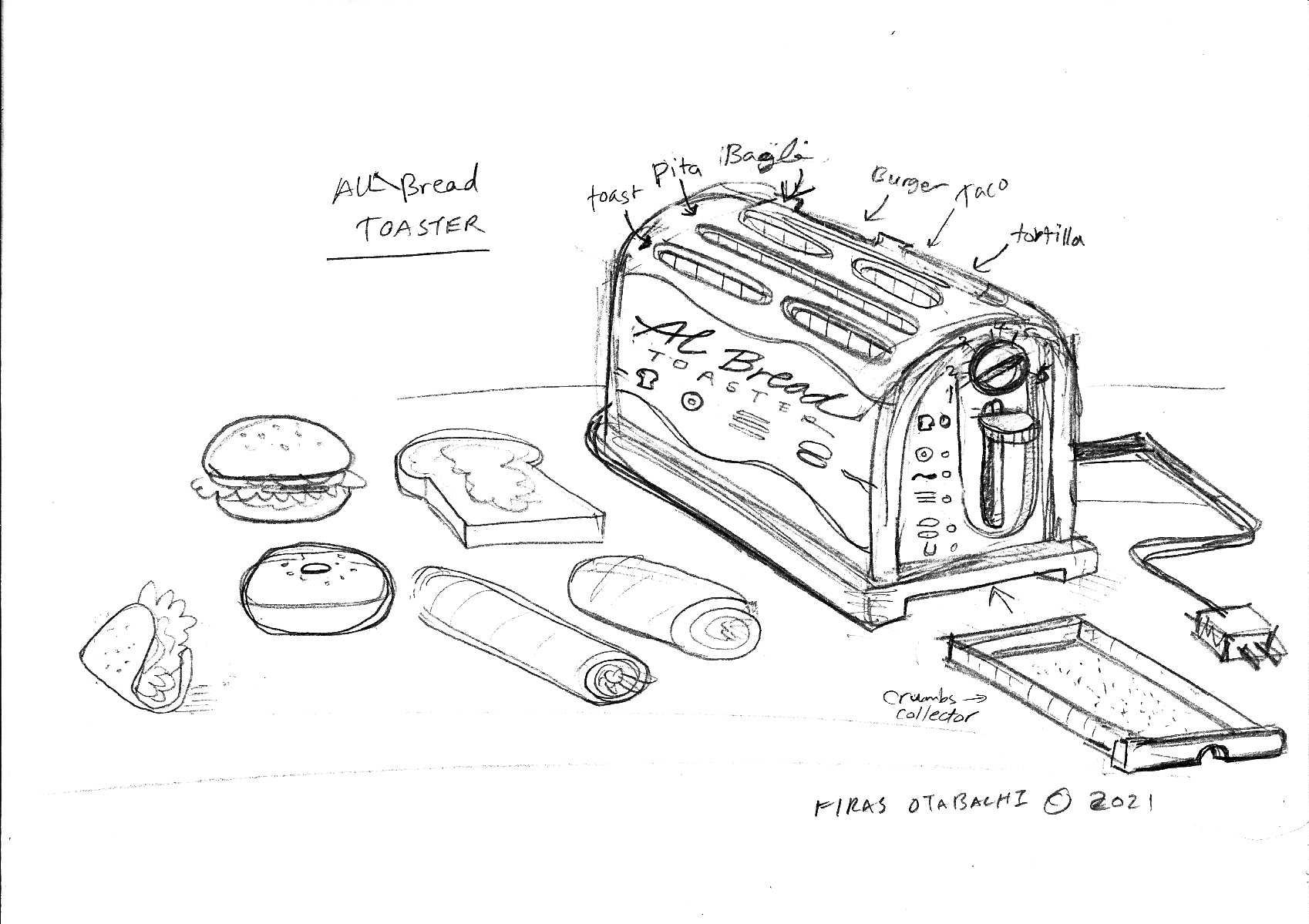

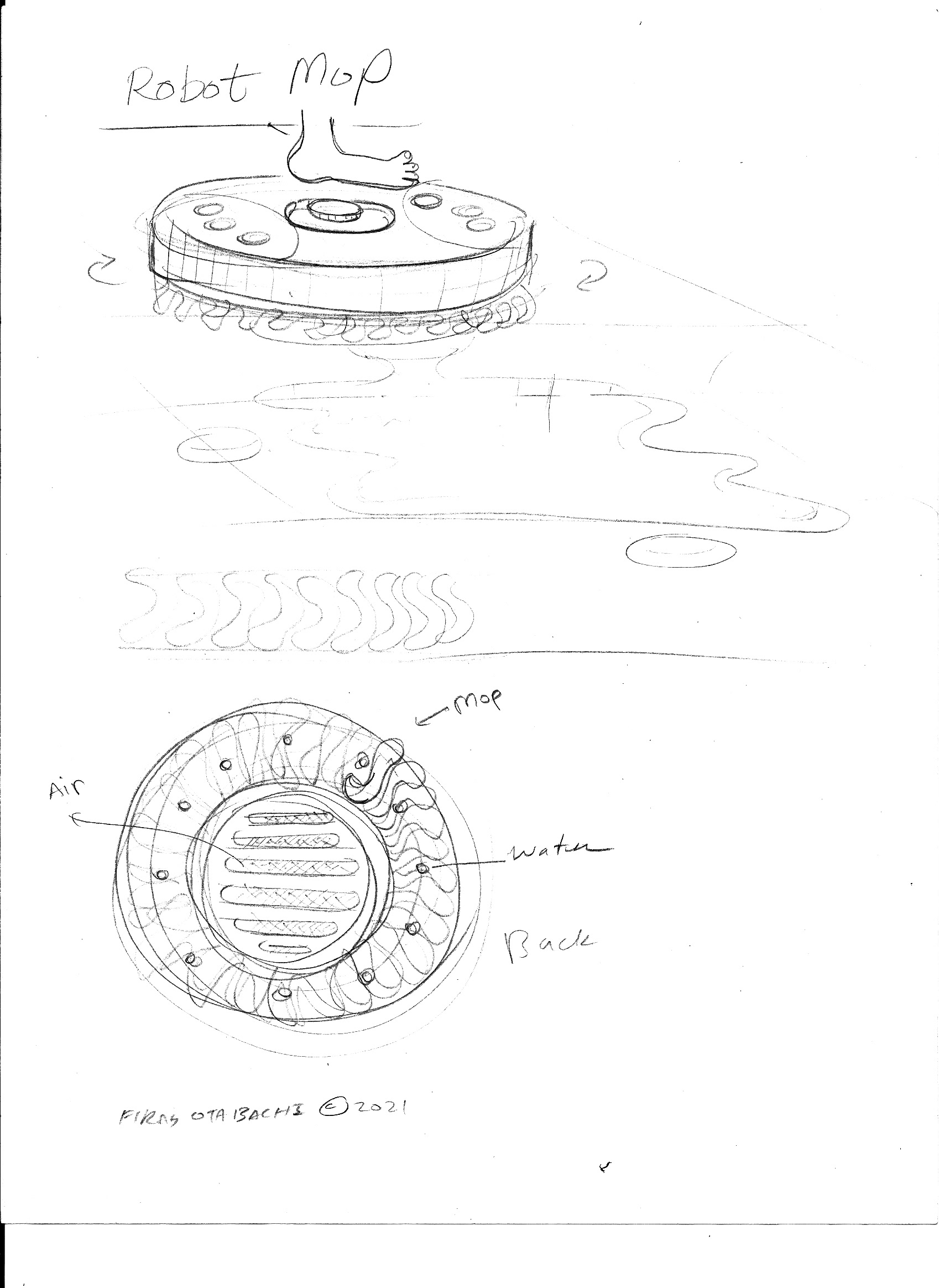
Final concept and sketching
Robotic feel of the cart actually made my mind move completely in another direction, and I started thinking more futuristic with ideas that can be manufactured for this era like new inventions. I thought of ideas like a magnet equipped table floating tabletop, I thought of smartwatch, I thought of a closet with mirrors, a robot mop like the robot vacuum, then I did a toaster I called “All Bread Toaster”that toasts Tortilla, burritos, pitas, bagels, and burger buns in one machine. I got the idea of a modern bathroom sink that doesn’t stink! Then a smart shower. Then I finally landed on an idea of a whole smart bathroom that I eventually called “No-Touch Bathroom 2021”
Basically, since the illustrations are what we’re discussing not the ideas, I tried in my illustration to show all interesting angles in all sketches. I started with 3d sketches without the hexagon grid as a test,for some reason I felt more comfortable doing freely, then I realized that the hexagon grid will make it way easier to create more sketch in no time. For the sketches, I showed the internal parts of the architect/structure and sometimes I used arrows to explain details and parts. I tried to show fewer frontal sketches since the exercise is all about isometric drawing.It was actually a very interesting experience to illustrate three-dimensional structures without the complexity of perspective and engineering or assembly drawing. I really enjoyed the ideation phase to come up with ideas that can be drawn in isometric style, give it more feel of realism though I know that isometric is about idealism and symmetry.
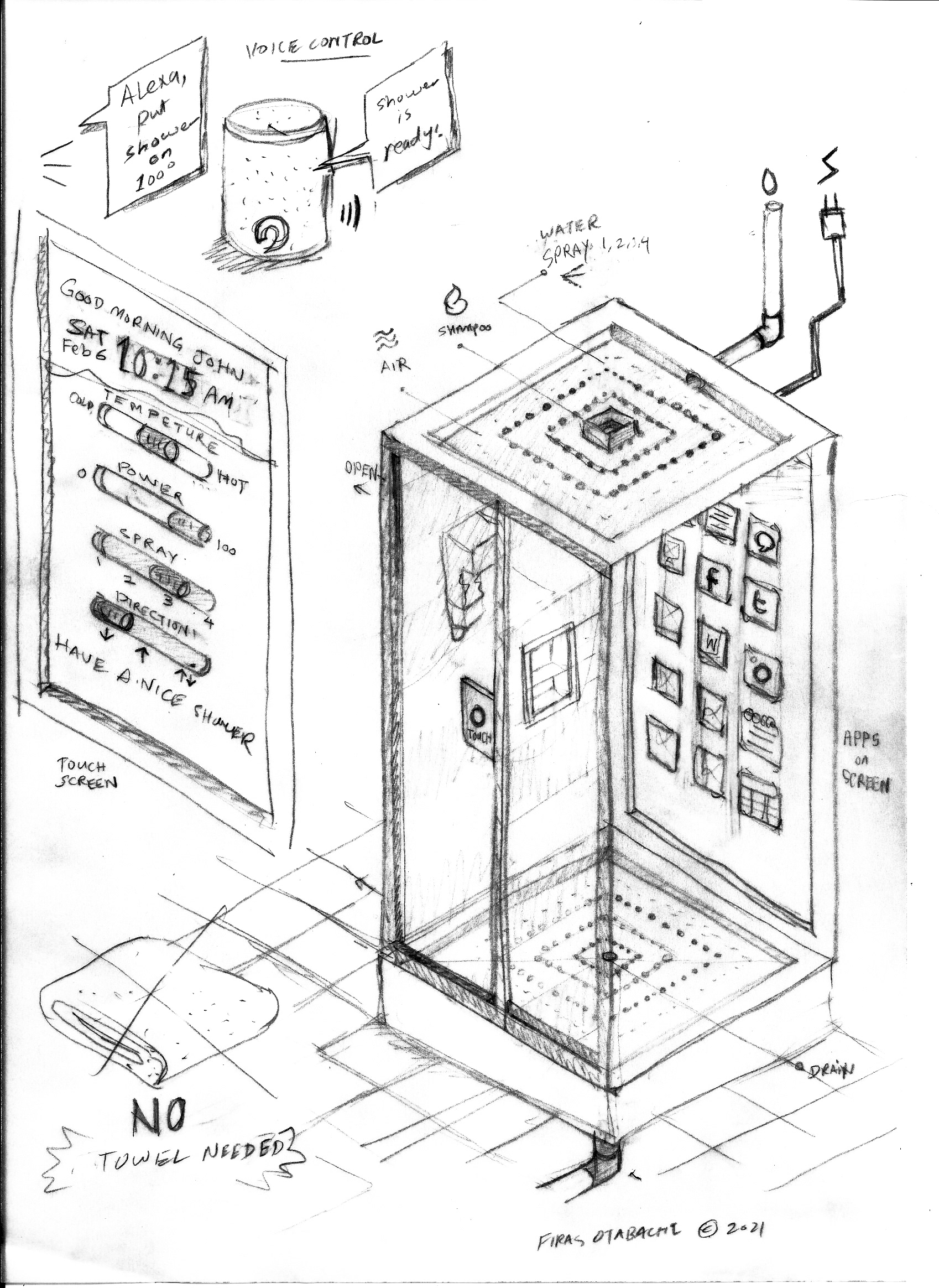

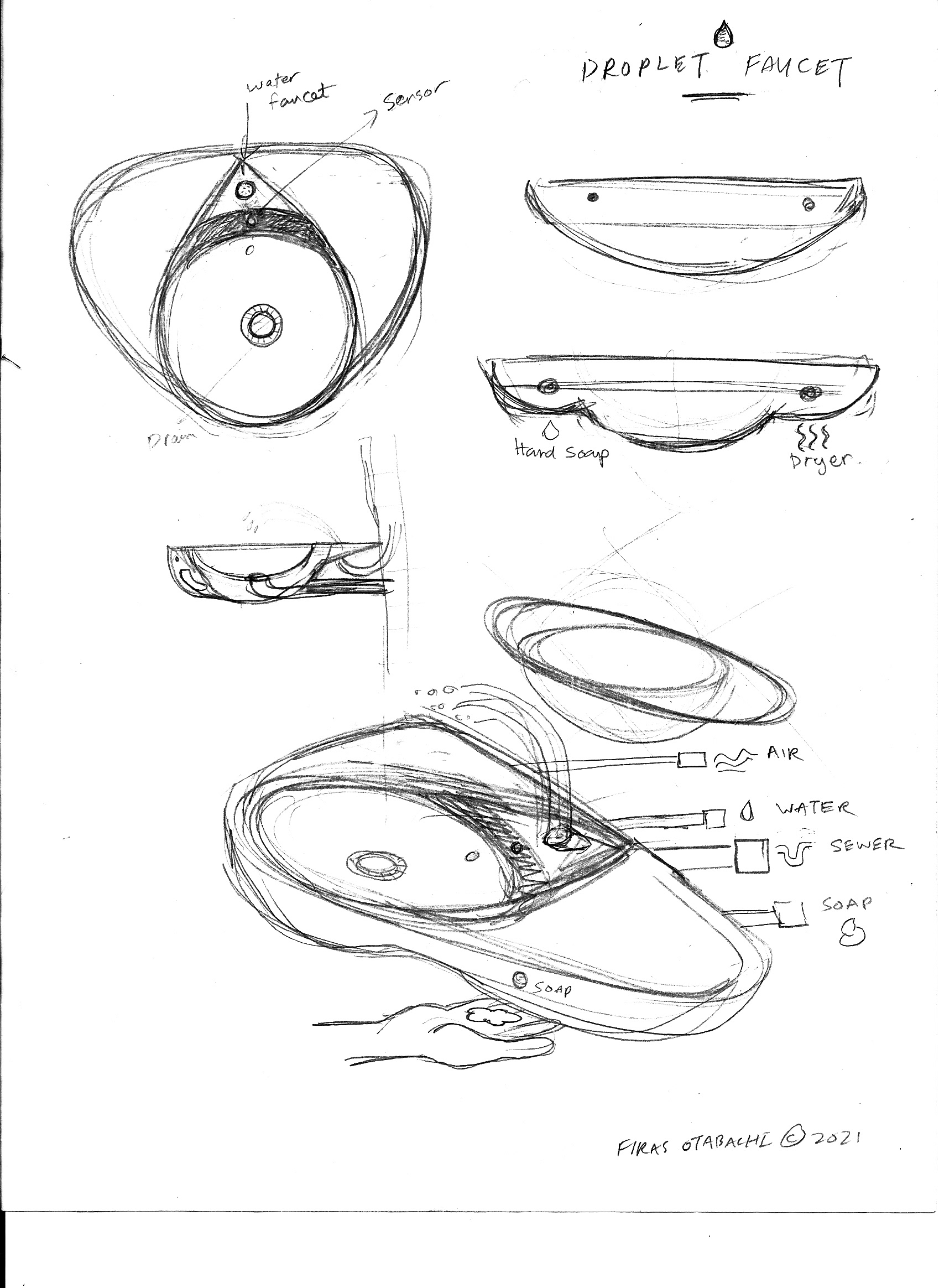
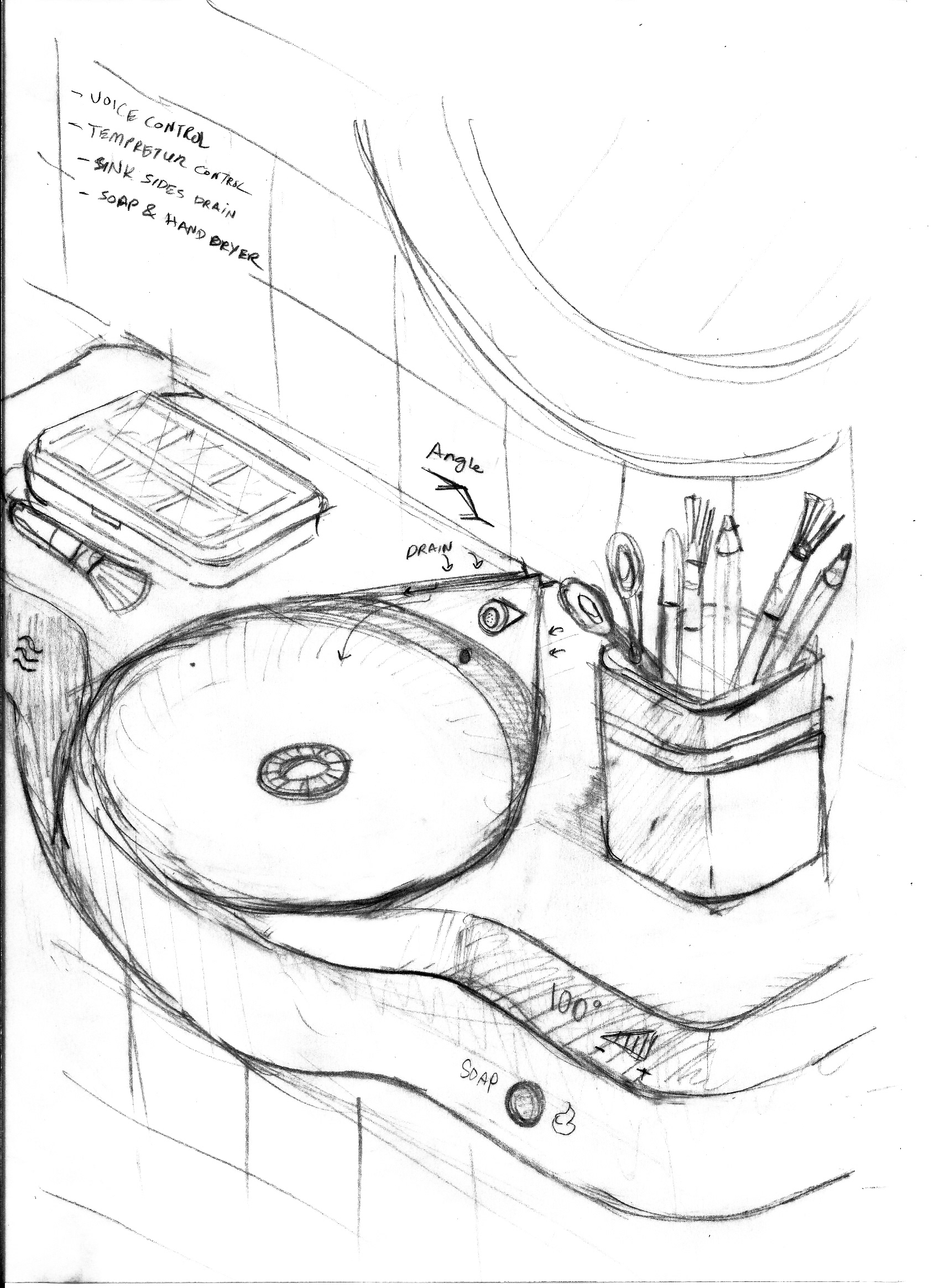
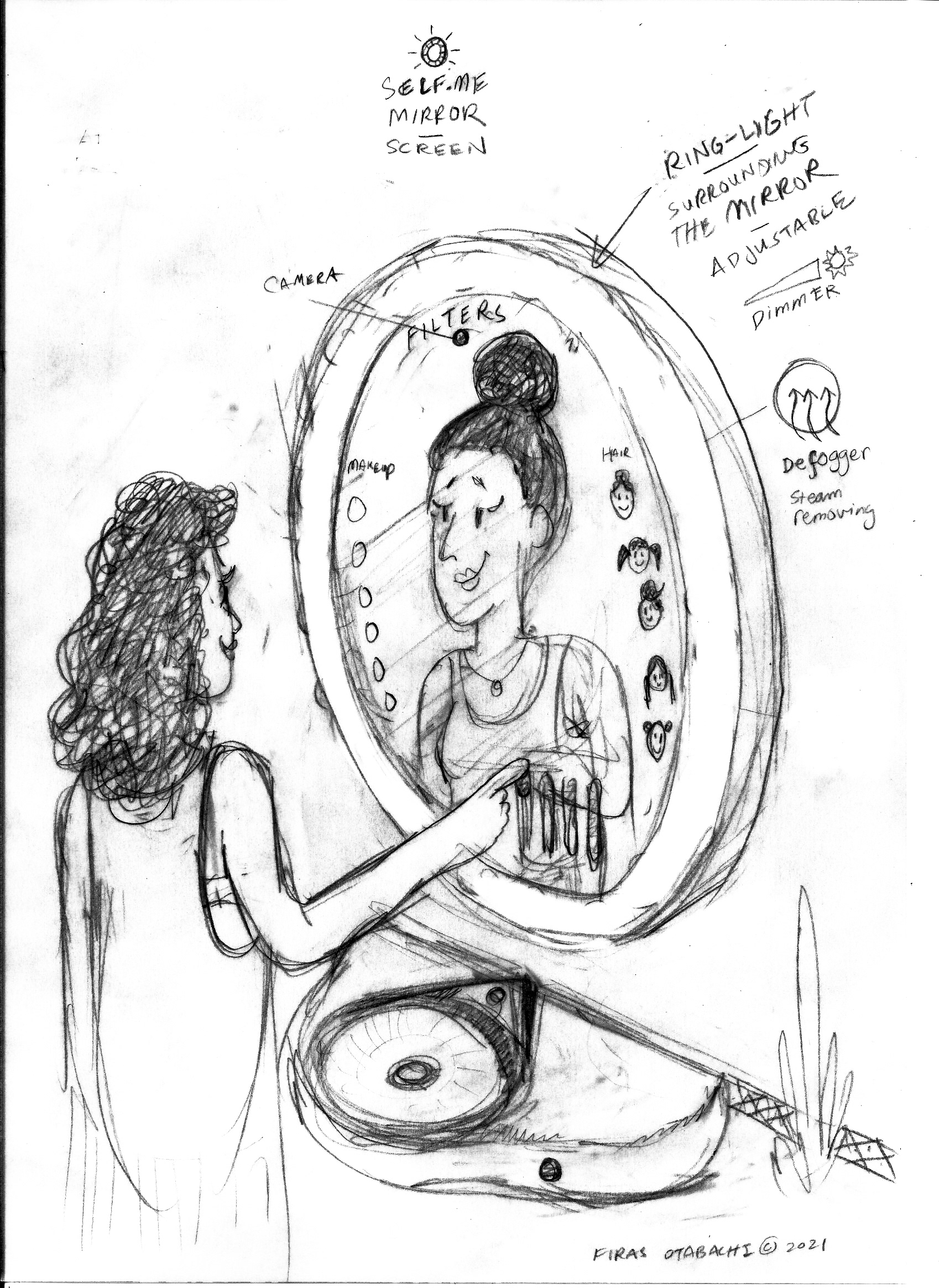
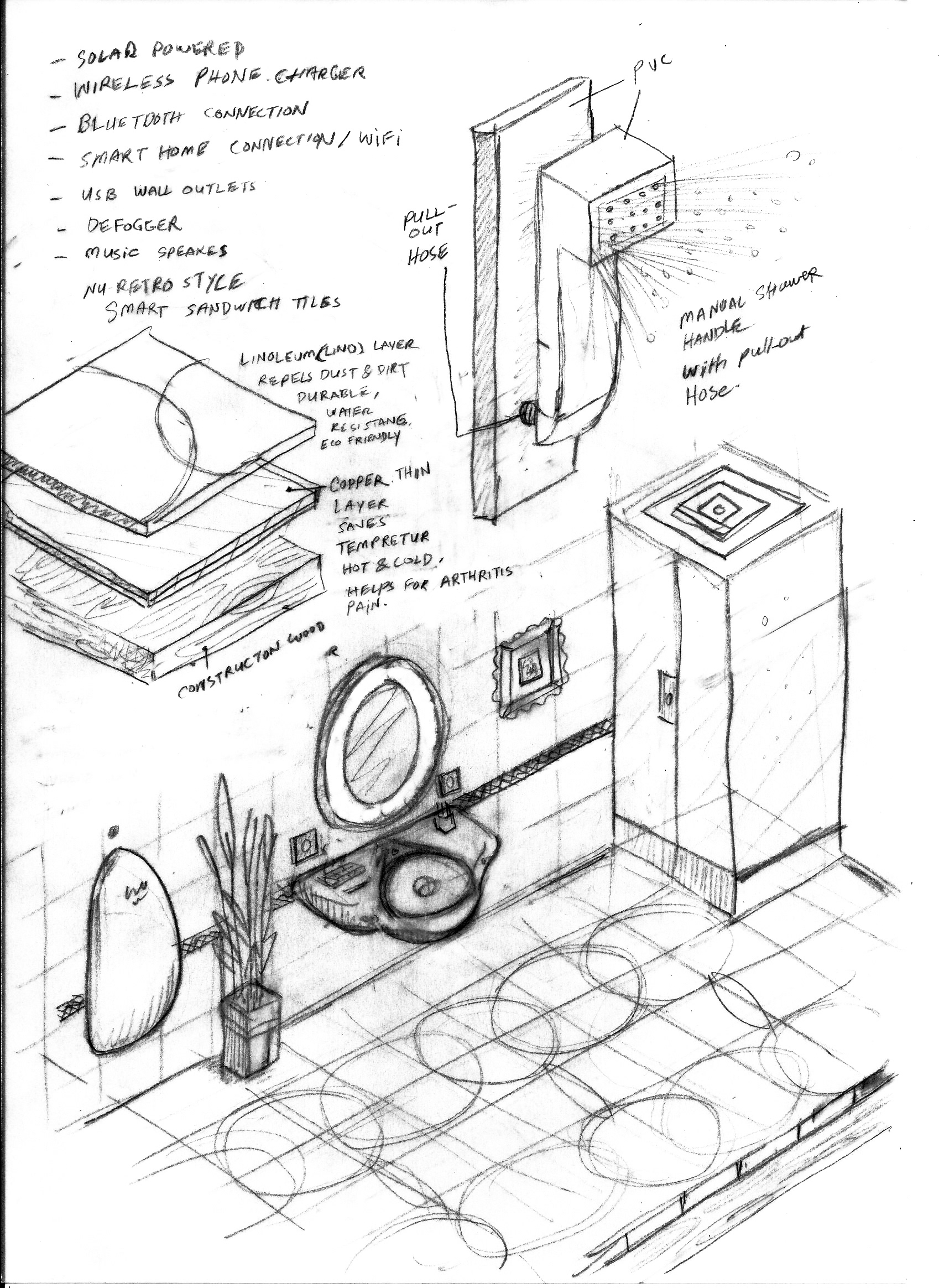
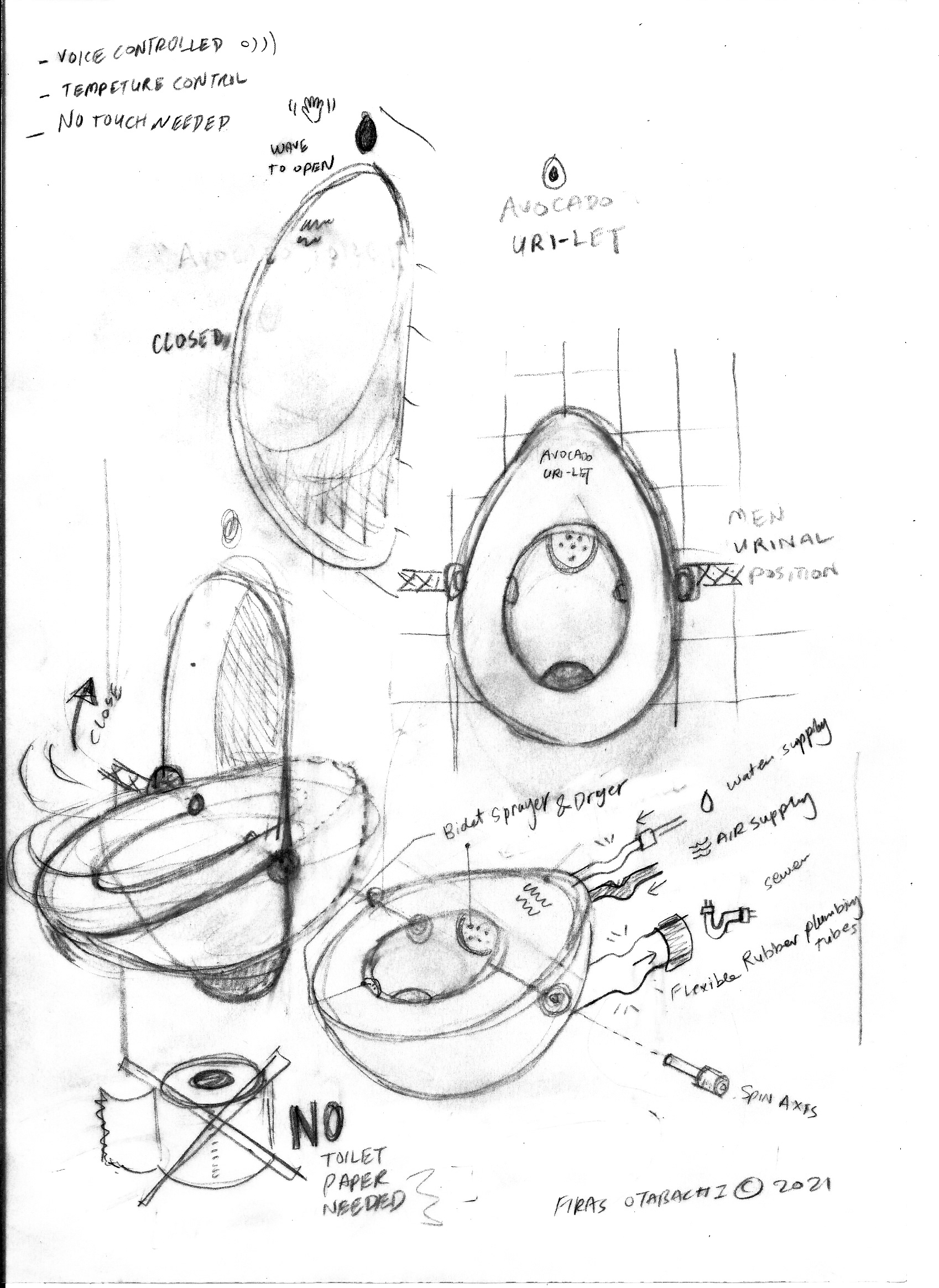
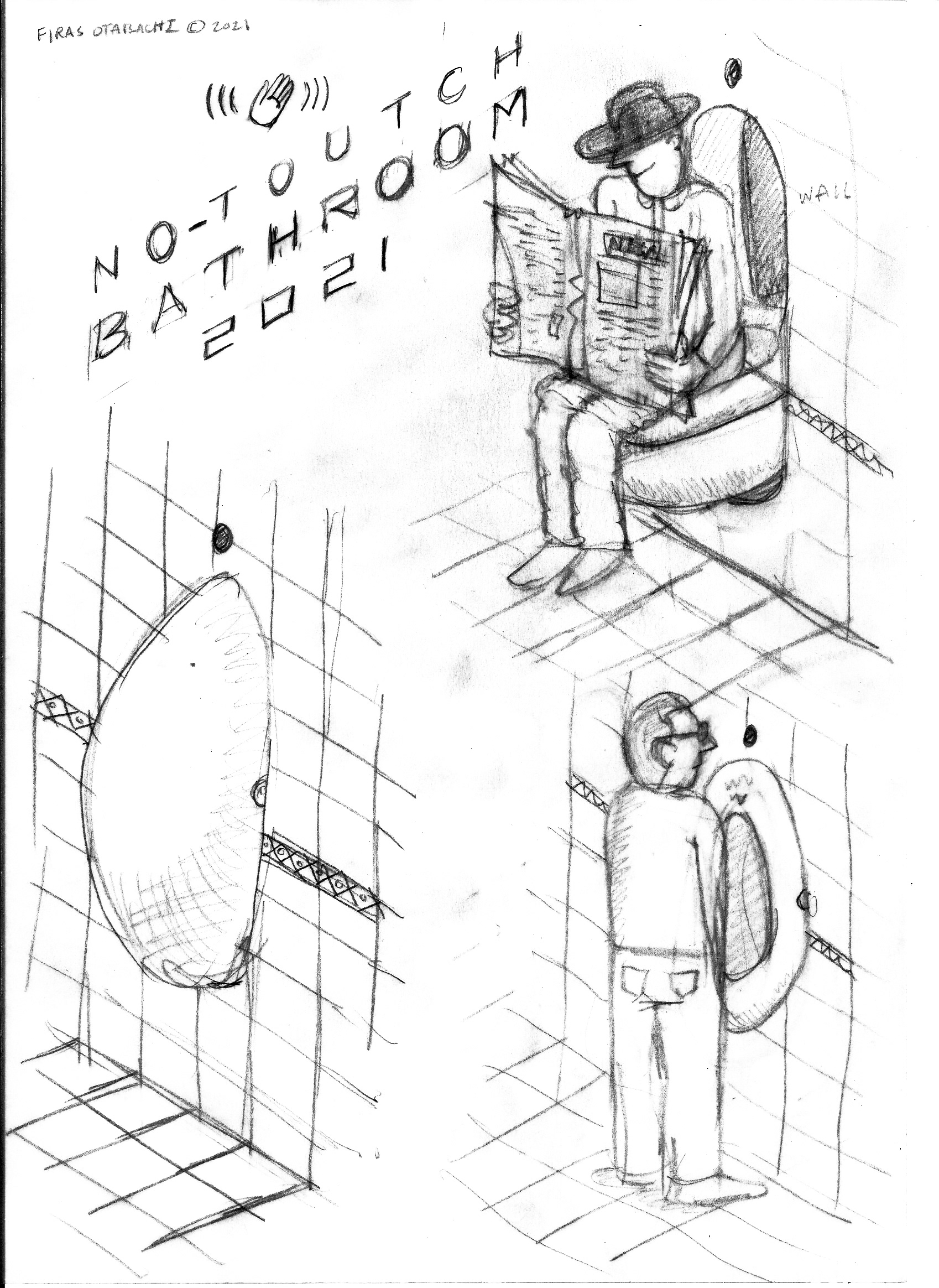
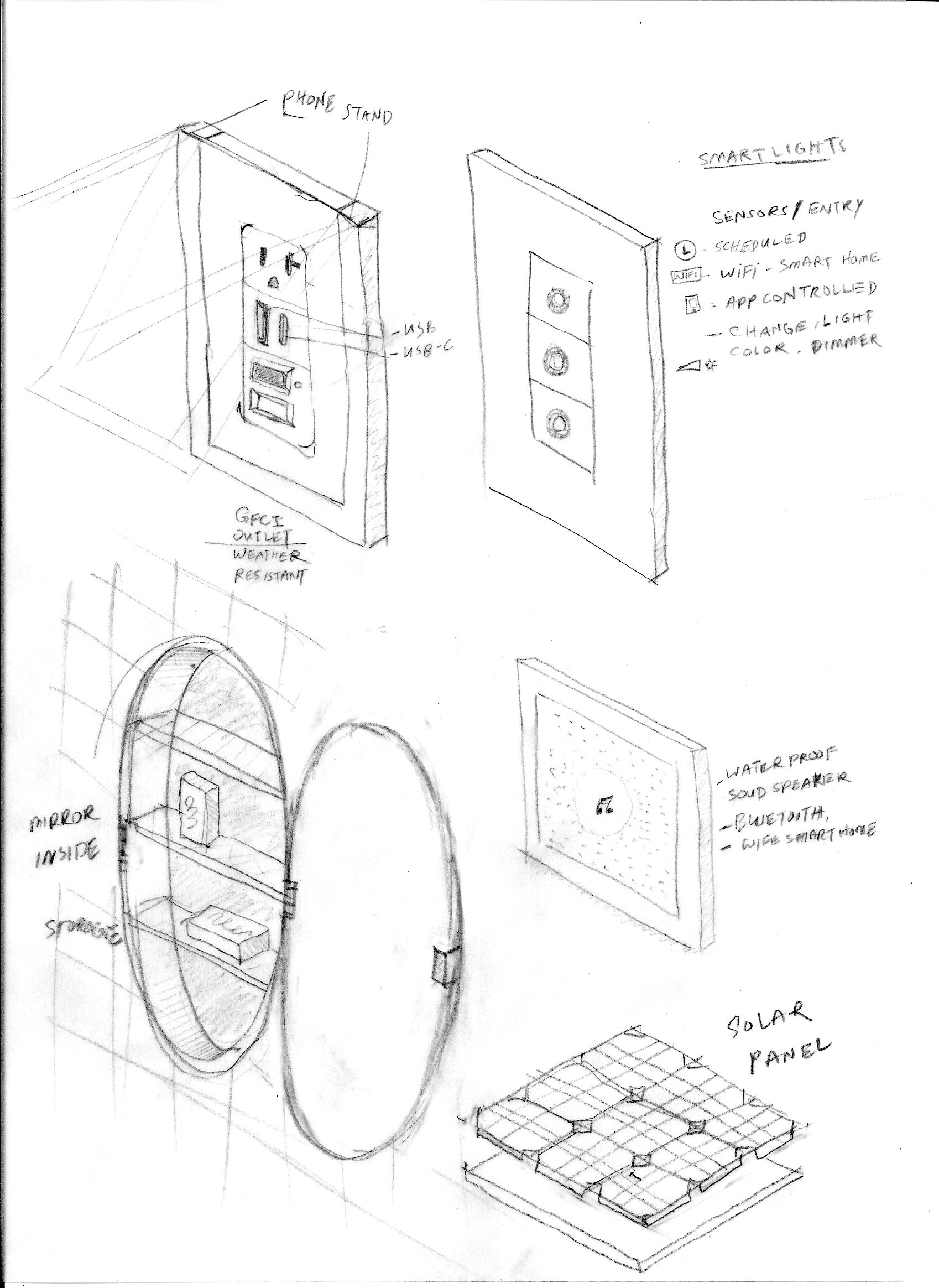
Color Palette
Below is the color palette I selected for my futurist bathroom that represent cleanness and modernity, high-tech and purity, so you'll light gray and whites, at the same time you'll see shocking vibrant energetic teal and purple blue. The pale yellow and red were very minimal, while vibrant violet which represents intimacy and vanity, and basically the black was there for durability solidity and sturdiness.
Illustration Process
Isometric Illustration Basics and Techniques
Throughout this project and work process, I learned that isometric illustration is all about equal measures, it has no vanishing points unlike the 3-Dperspectives, the interesting part is that the parallel lines don’t intersect! I learned that isometric projection illustration is idealistic, not realistic!I learned that isometric style can be illustrated at 90° angle, or at a high 60° angle, or lower at 15°.
I learned about the visual tension bane of isometric projection, I learned about creative economizing, to organize and repurpose elements, to avoid needlessly re-creating elements over and over.I learned to use to draw isometric by using a grid of hexagon shapes pattern, helped me draw sketch essentially with ideal isometric angles. It was almost symmetric angles makes it easy for me, not only to sketch the ideas, but it will also help me create repeated elements, and generate different shapes made out of basic shapes.
I learned that the best practice is to create multiple layers for my illustrator project, I learned to use gradients shadows and lights to differentiate dimensions levels and give illustrator a sense or 3D, I learned to use gradients coloring, shadows and highlights to differentiate dimensions levels and give highlights to areas for prominent elements.I liked how the instructor used techniques like actions to lessen the steps and computerize or automate most of the steps, like creating flat objects, then creating actions of rotating, shearing, and flipping those objects, also using the subscribe plugin, I was surprised to see the instructor illustrating free form drawing of organic irregular shapes like trees and bushes, even the dirt that was formed by multiple circles, that technique worked so fine with the isometric projection and I started to apply that in my drawings but basically within the isometric projection and using the proper lighting direction, and using simple shapes combined to form those organic objects.
Frankly, I was worried to get hung up on lighting and shadows for my illustration, but according to the instructor of the tutorial he mentioned something was a relief tone, that as long as it looks good then it’s always okay to break some rules and don’t let this hold me back!I liked that he created assets of different characters with customizable body parts for every scenario sort of cosplay, similar to what I usually do for my character design, technically it’s perfect for our process especially that we need a fast way to create those characters in an isometric way. I was making sure to have a tonal family ready for them as I’m doing that for each object I’m creating.
General speaking, I learned from the Isometric experience to use illustrator more accurate and precise in my vector illustration. I learned way to reuse, recycle, and be mindful in creating vectors in an economic and effective way to save time and effort.
I learned that Isometric projection could help build a wonderful 3-D like style with less effort and less render time than 3D rendering.
The actions I created was extremely helpful and made me perfume more tasks in no time. I’ll definitely consider using actions for all my vector illustration.
The most difficult thing I think was trying to visualize and select which side (dimension) of the object that I need, front, left, or right side, before I run the action.Screenshots from the Illustration Process
I used multiple layers, helped my focus and save some cash memory and speed up the process.
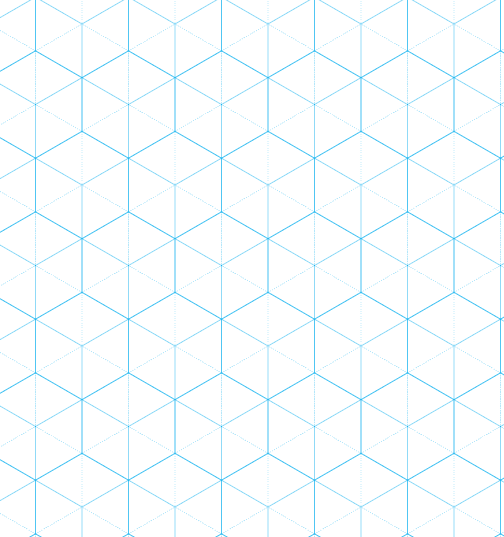

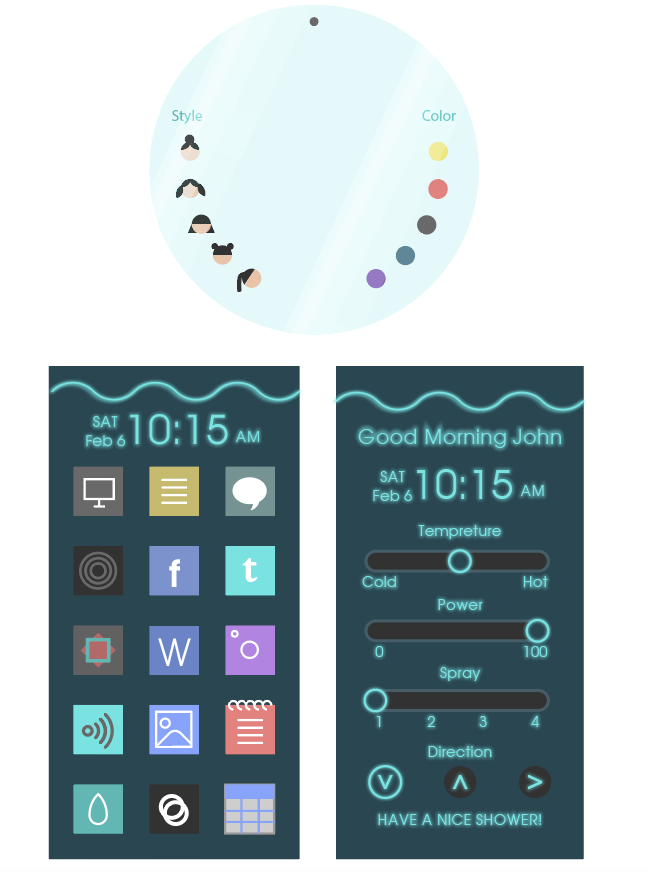
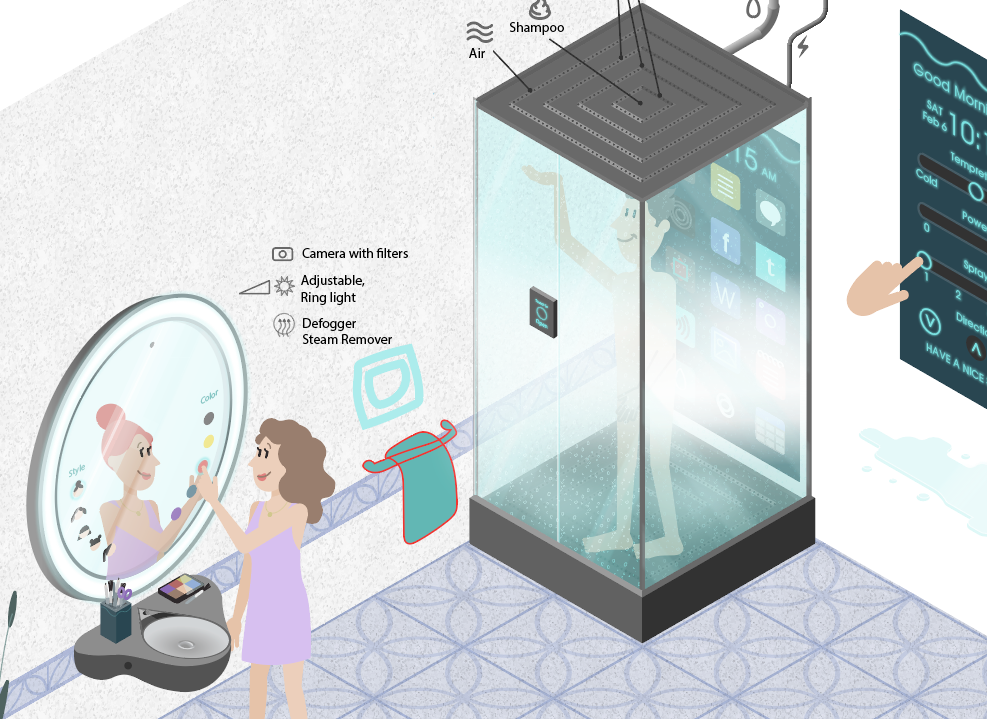
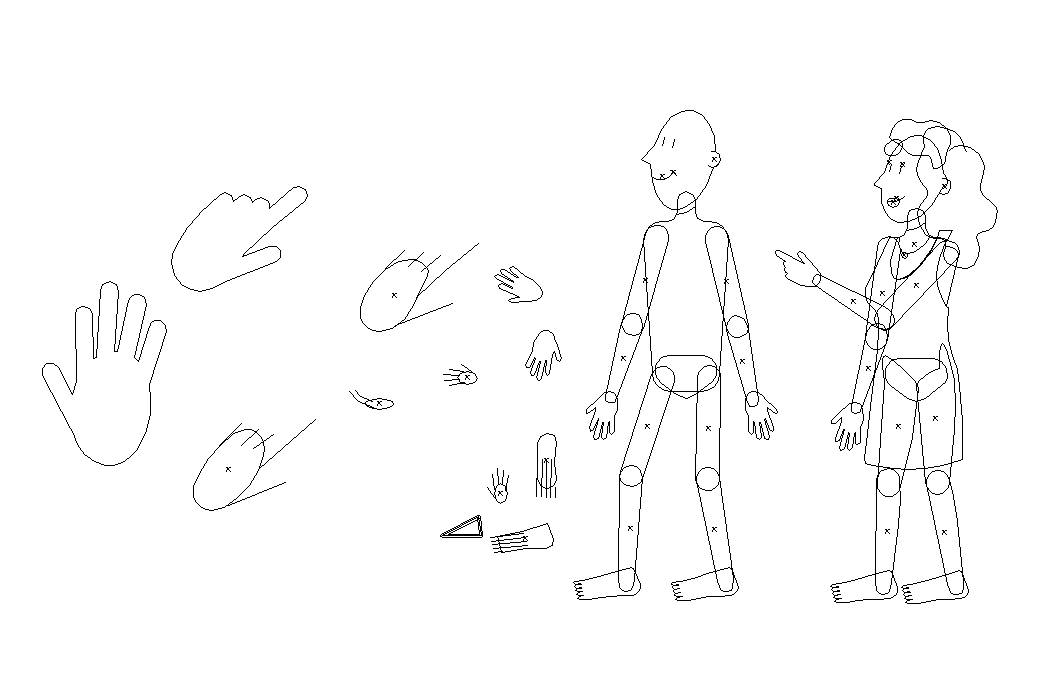
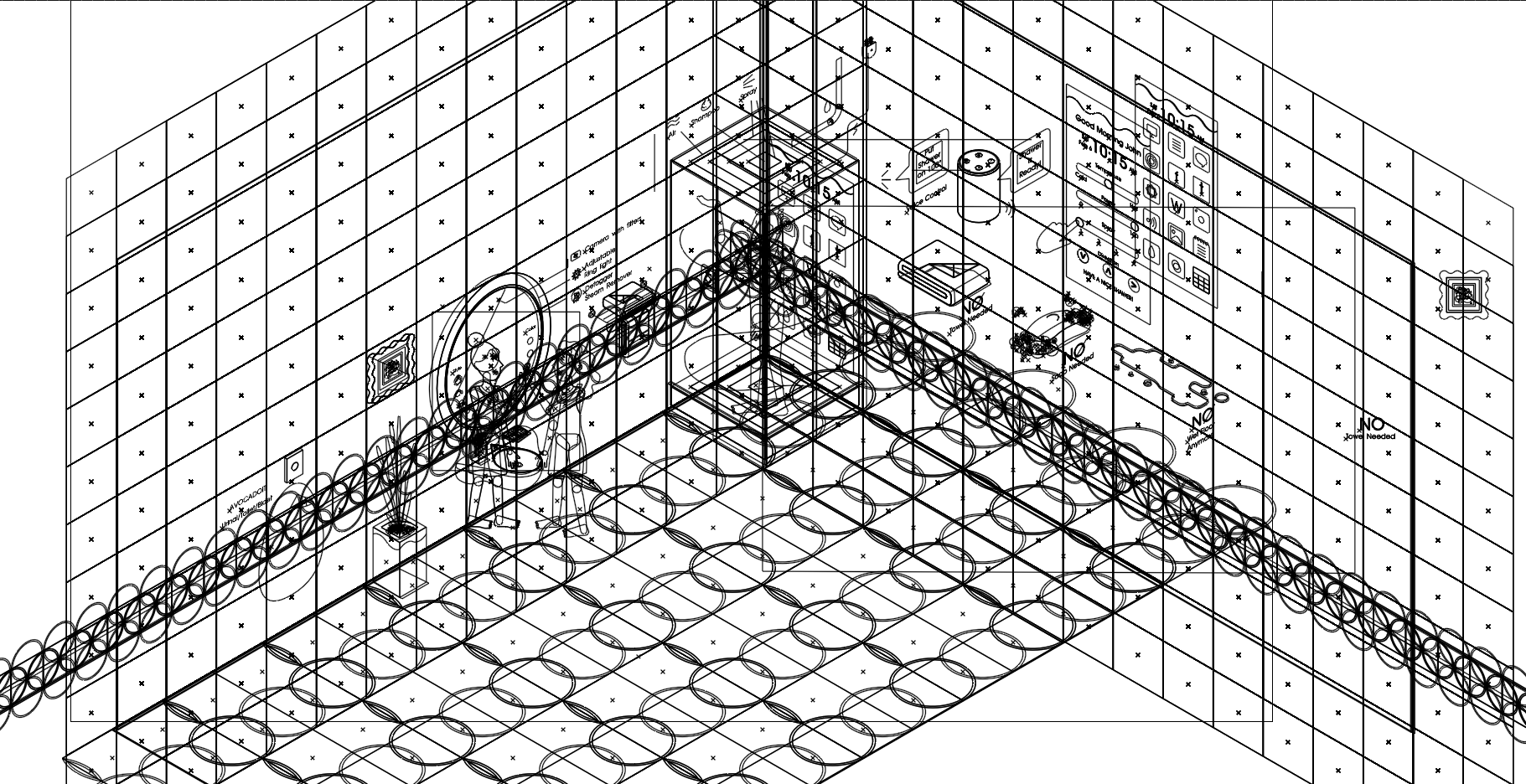
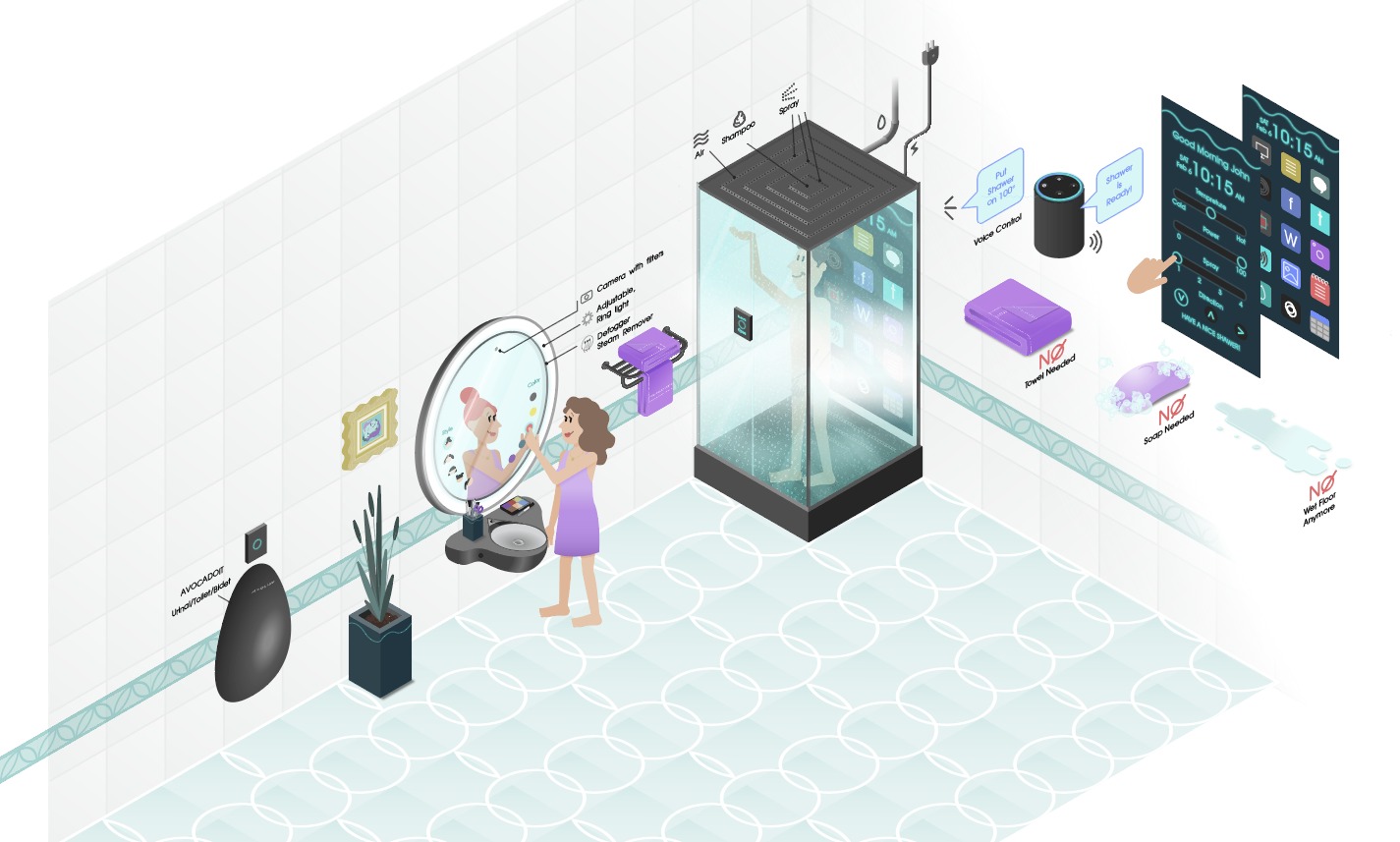
Final Vector Illustration:
Some Details
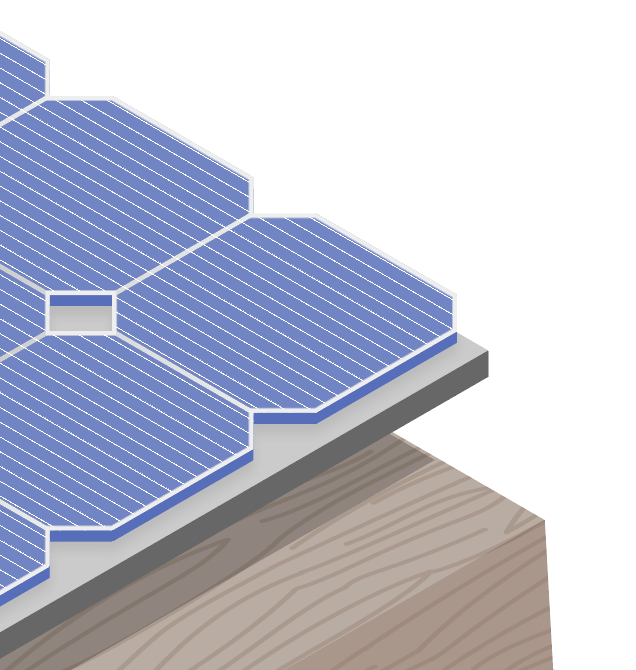
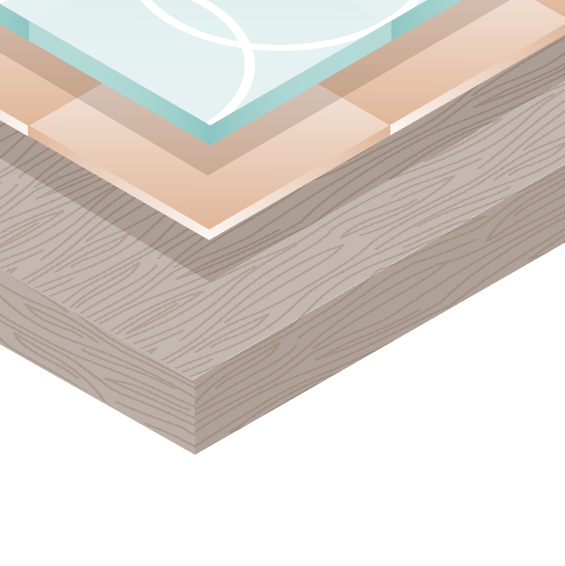

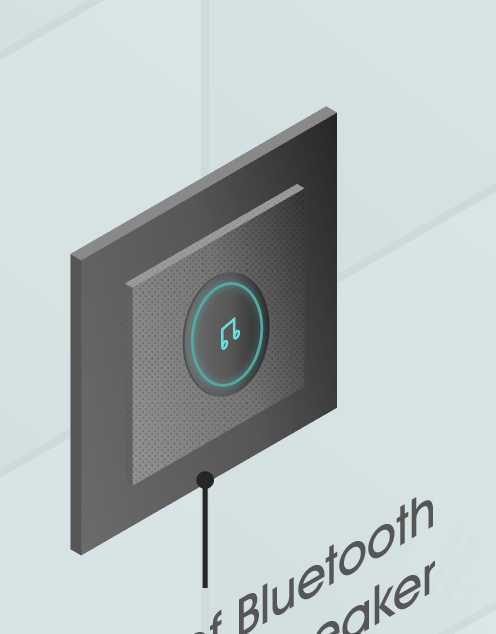
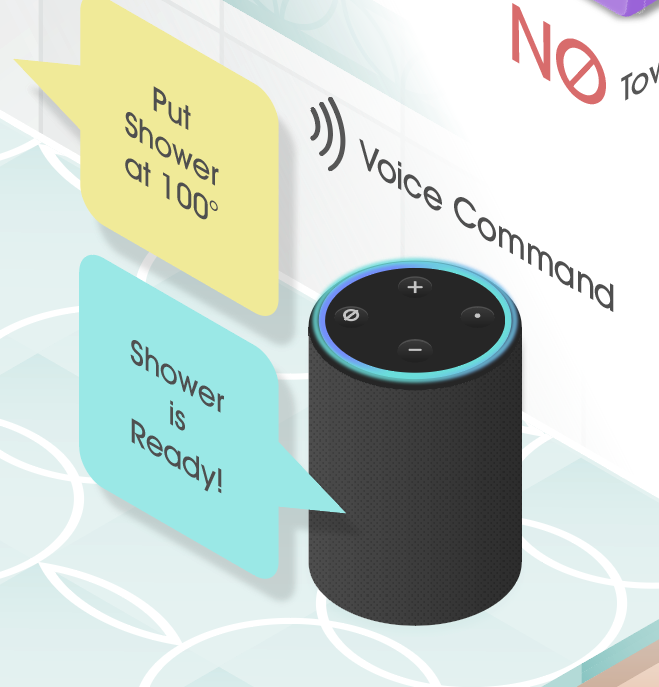
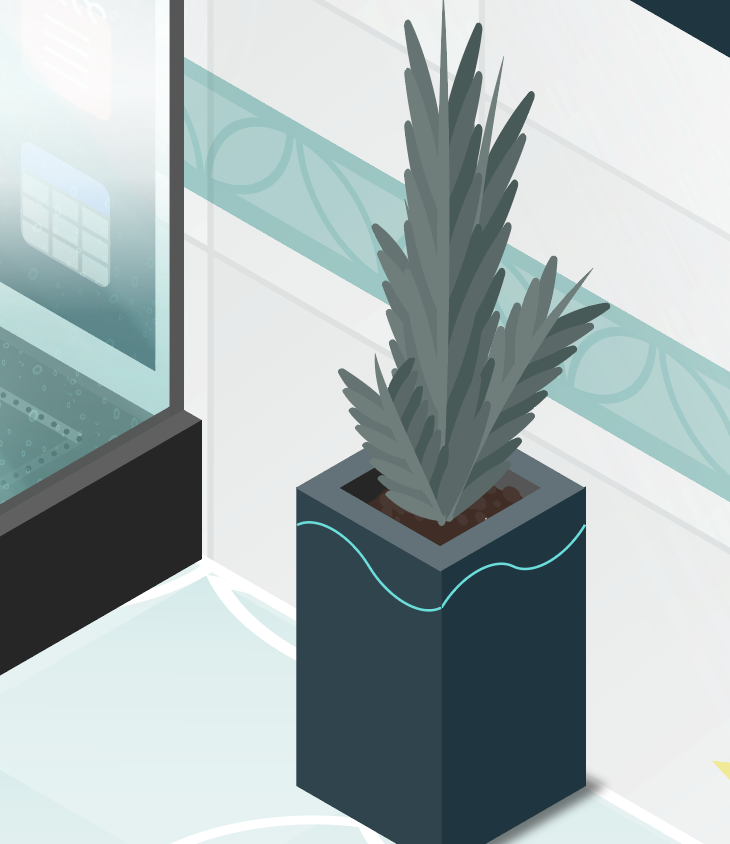

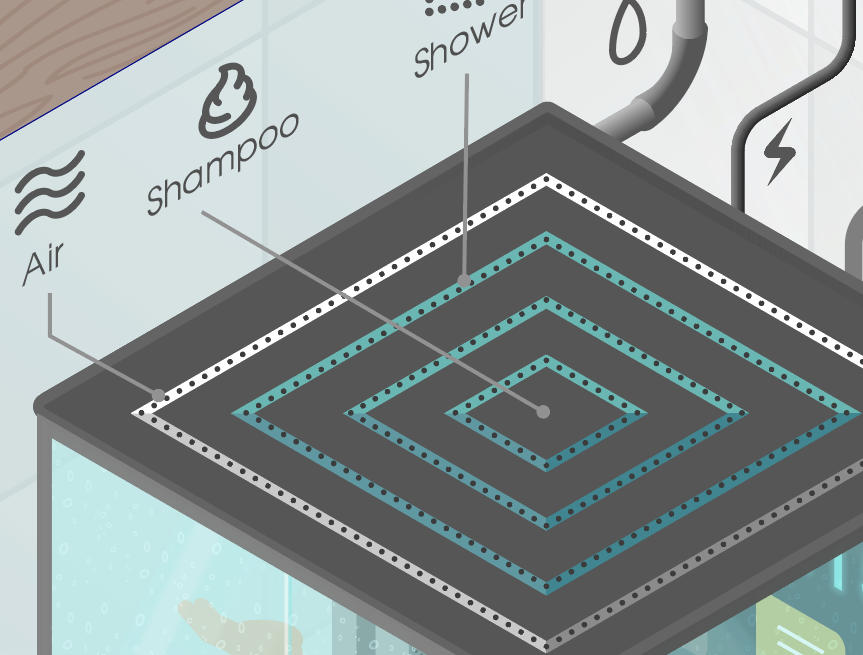

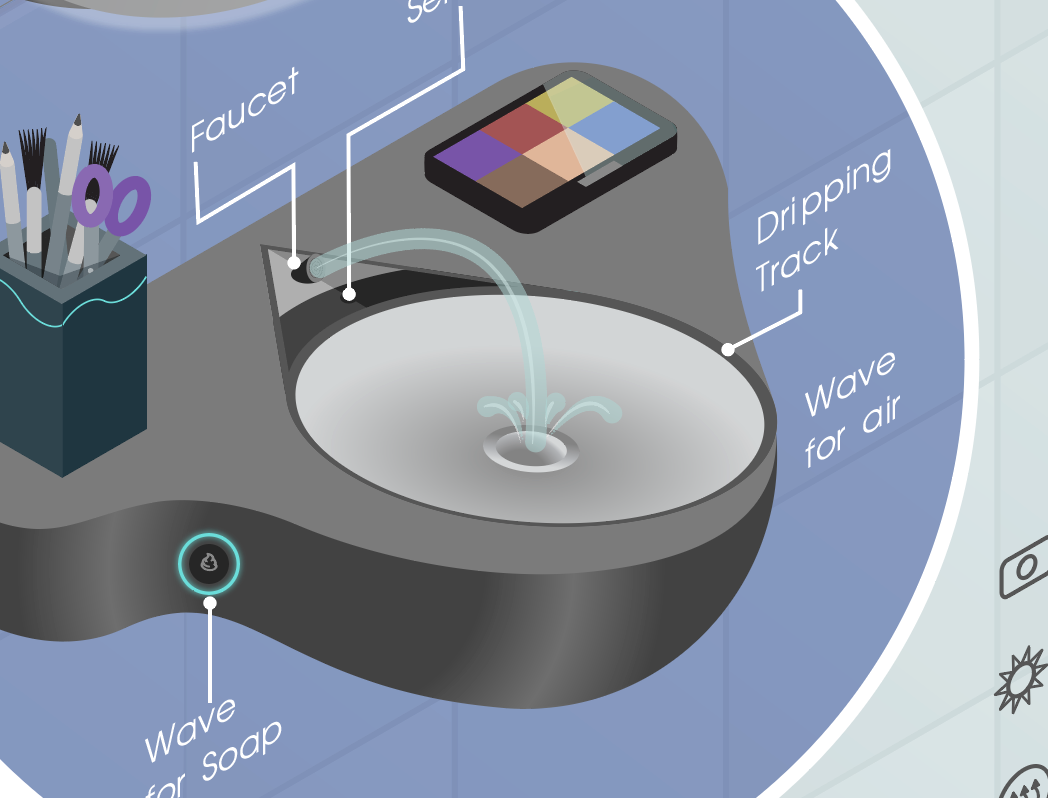
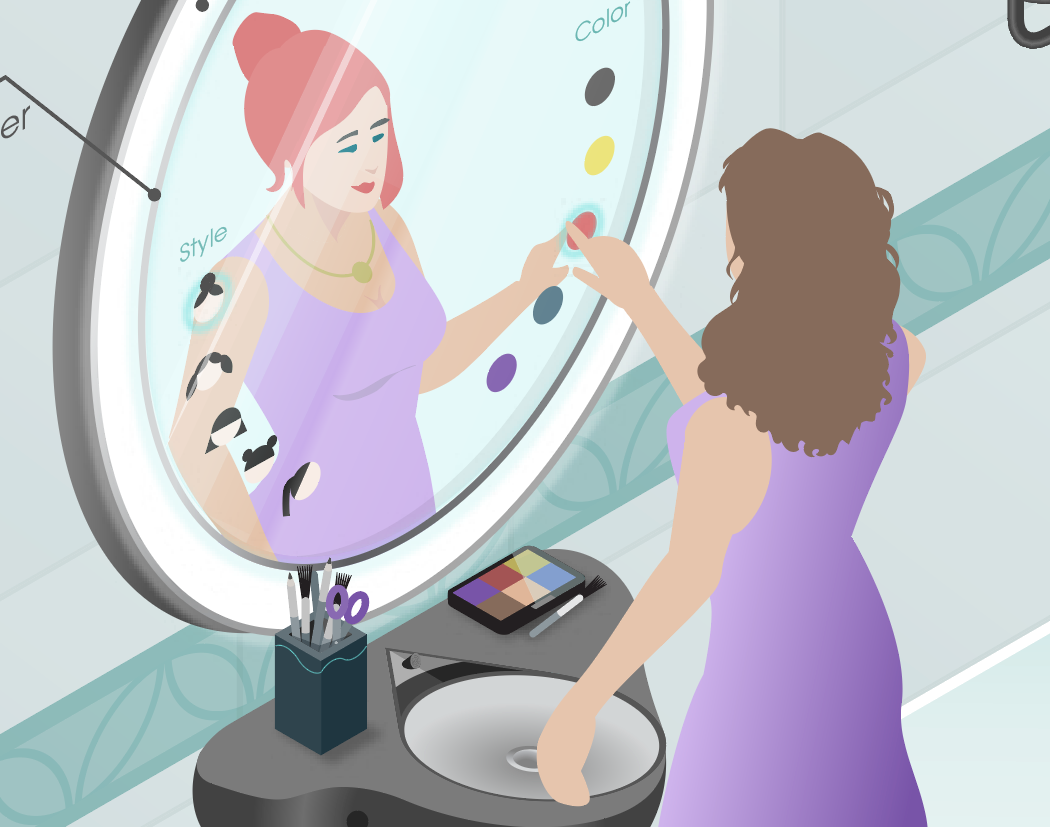

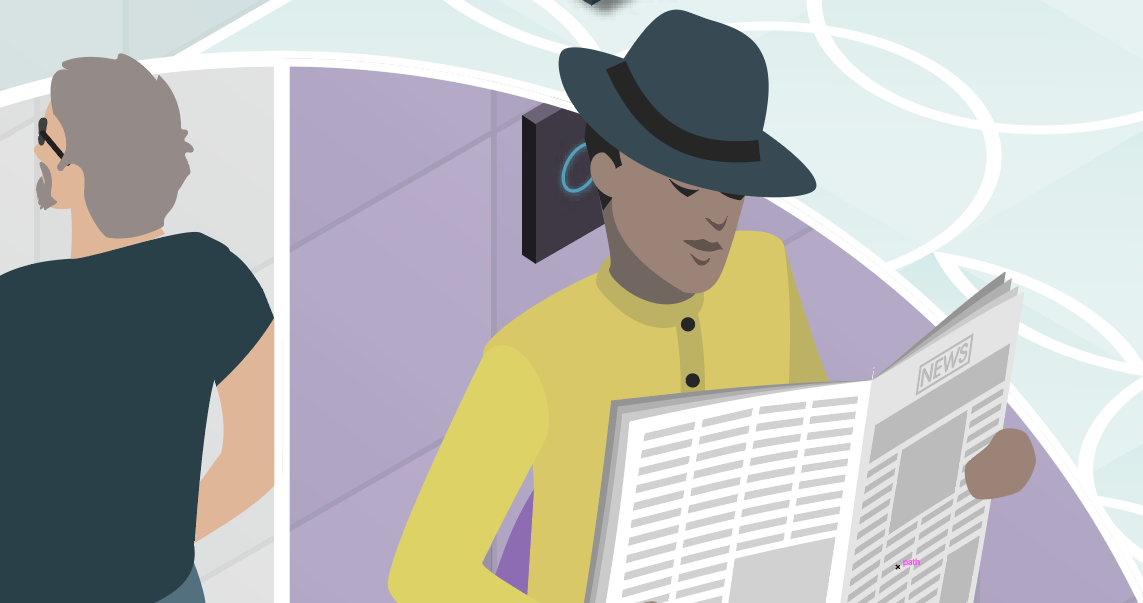
THANKS
Firas Ota Bachi © 2021